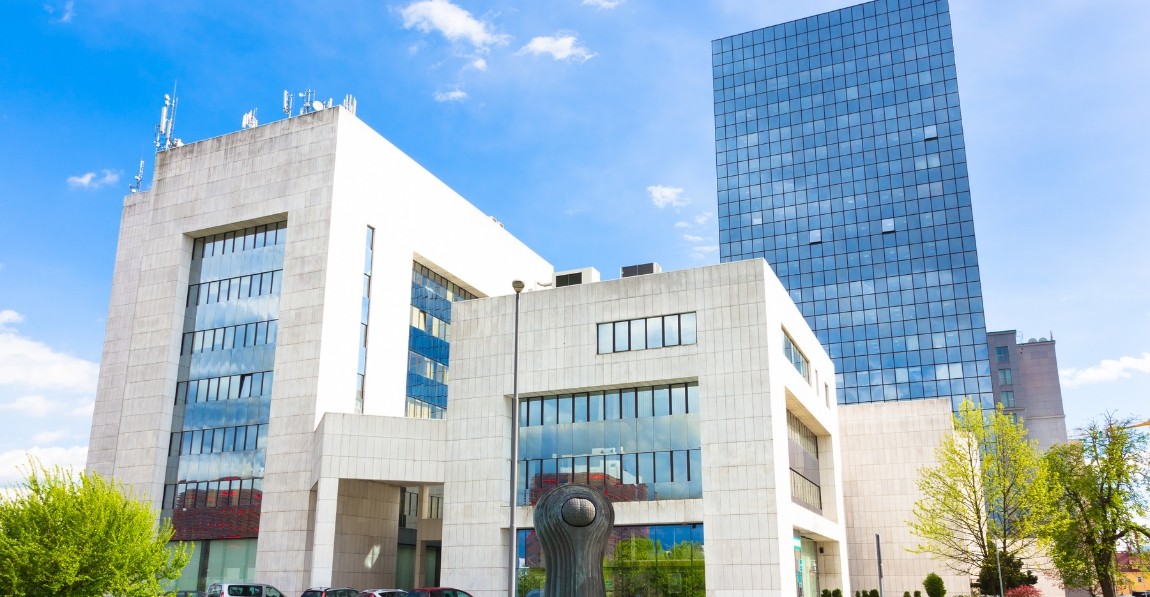Corporate Building Design
Building the Future: Corporate Building Design for Modern Workspaces
Corporate building design plays a pivotal role in shaping the physical environment where businesses operate, influencing employee productivity, brand identity, and organizational culture. As companies strive to attract and retain top talent while optimizing operational efficiency, the design of corporate buildings has evolved to encompass a diverse range of considerations, from architectural aesthetics to sustainability and technological integration. In this article, we explore the principles and trends shaping corporate building design in the modern era.
Architectural Innovation:
Corporate building design is characterized by architectural innovation, with designers pushing the boundaries of creativity and functionality to create iconic and inspiring structures. From sleek glass facades to dynamic interior spaces, corporate buildings often serve as architectural landmarks that reflect the identity and aspirations of the organizations they house. Designers leverage cutting-edge materials, construction techniques, and digital tools to realize visionary concepts that redefine the urban landscape and enhance the built environment.
Employee Well-Being and Productivity:
The design of corporate buildings is increasingly focused on promoting employee well-being and productivity. Designers prioritize natural light, indoor air quality, and ergonomic workspaces to create environments that support the physical and mental health of employees. Biophilic design principles, such as incorporating green spaces, natural materials, and views of nature, are integrated into building design to foster connection with the outdoors and enhance cognitive function, creativity, and morale among employees.
Sustainability and Environmental Responsibility:
Sustainability is a key consideration in corporate building design, with designers implementing energy-efficient systems, renewable energy sources, and green building materials to minimize environmental impact and reduce operating costs. Corporate buildings are designed to achieve LEED certification and other sustainability benchmarks, signaling a commitment to environmental responsibility and corporate citizenship. Features such as green roofs, rainwater harvesting systems, and energy-efficient HVAC systems contribute to the overall sustainability of corporate buildings.
Technological Integration:
Corporate building design incorporates advanced technologies to enhance operational efficiency, security, and connectivity. Smart building systems enable remote monitoring and control of building functions, optimizing energy usage, and improving comfort levels for occupants. Integrated IT infrastructure supports seamless communication and collaboration among employees, facilitating flexible work arrangements and remote access to resources. Emerging technologies such as IoT sensors, AI-driven analytics, and augmented reality are leveraged to create smarter, more responsive corporate environments.
Adaptability and Future-Proofing:
Corporate building design prioritizes adaptability and future-proofing to accommodate evolving business needs and market trends. Flexible floor plans, modular interior systems, and adaptable building infrastructure enable spaces to be easily reconfigured and repurposed as organizational requirements change. Designers anticipate future advancements in technology, work practices, and sustainability standards to ensure that corporate buildings remain relevant and resilient in the face of rapid change.
Corporate building design is an interdisciplinary endeavor that combines architectural vision, environmental stewardship, and technological innovation to create dynamic and inspiring workplaces. By prioritizing employee well-being, sustainability, and adaptability, designers shape corporate buildings that not only reflect the values and aspirations of the organizations they serve but also foster creativity, collaboration, and success in the modern business landscape. As companies continue to evolve and adapt to emerging challenges and opportunities, the role of corporate building design in driving organizational performance and competitiveness will remain paramount.

